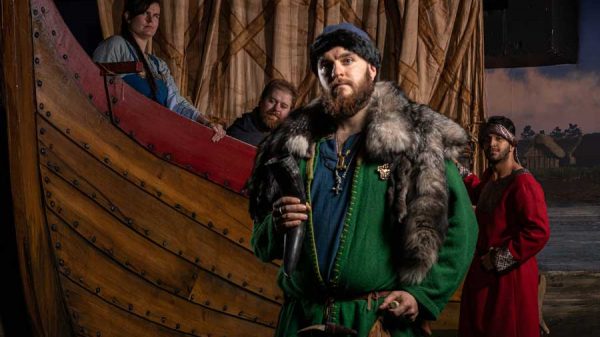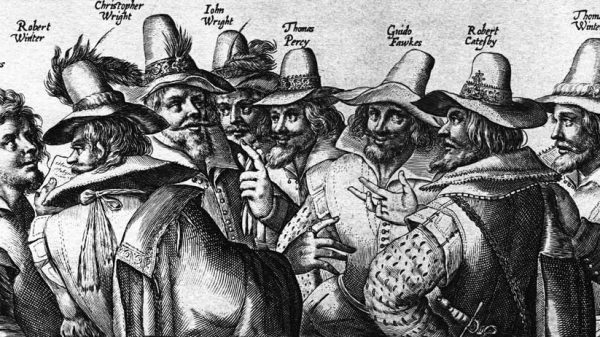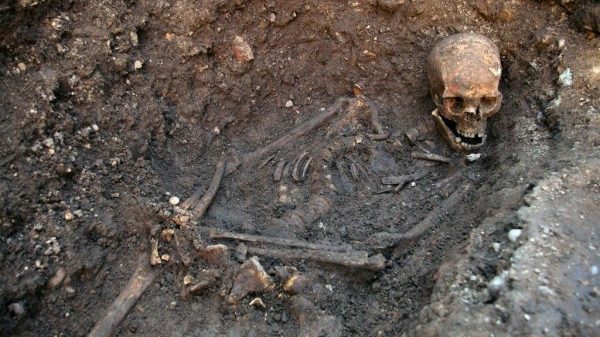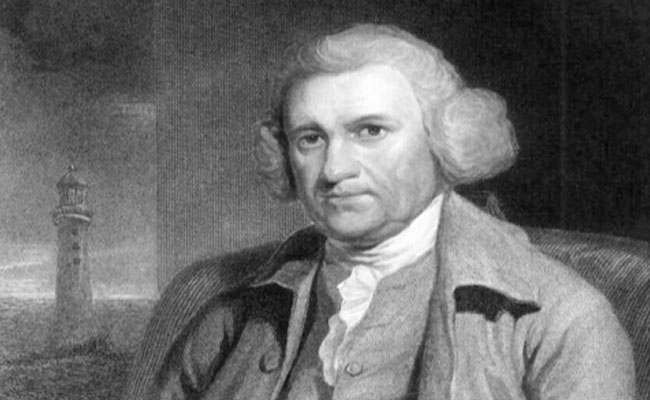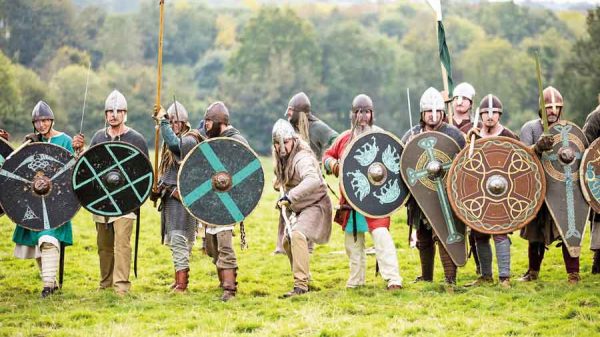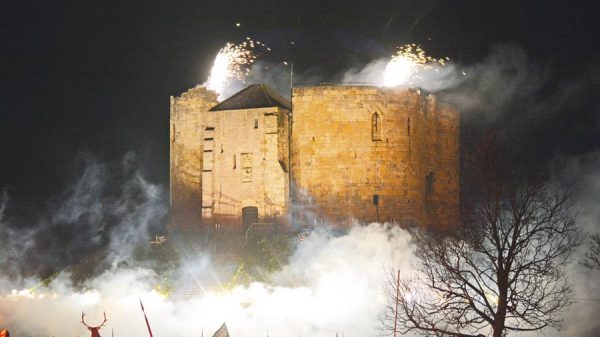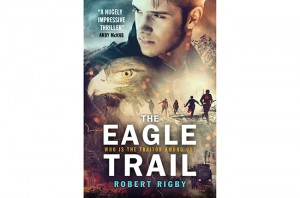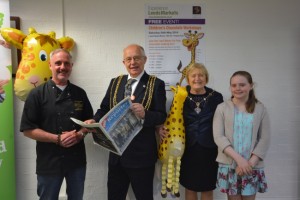Heraldry, and coats of arms have been around for hundreds of years, and continue to this day. We have all seen the bright, distinctive patterns of heraldry both for individuals, and towns/cities. But where did it all start?
The origins of heraldry stem from a need to recognise combatants during battle when faces were covered with helmets. Early forms of heraldry can be traced back to ancient Egypt and Rome. Roman army units all had distinctive markings on their shields that they could be identified by. However, the first recorded account of heraldic structure as we know it today comes from 1127 when Henry I of England knighted his son in law Geoffrey V, Count of Anjou. He placed a shield around his neck painted with gold lions. When Geoffrey died in 1151 his funeral enamel bore a blue shield with gold lions. Heraldic devices were gradually adopted throughout the century in England, France, Spain, Italy and Germany and by the end of the 12th century heraldry was the sole device on seals. The coats of arms were inherited by children and marks of cadency were used to distinguish one son from another. This became standardised around 1500. Heraldry was regulated by professional officers of arms, with families and individuals using coats of arms on documents and family tombs.
Today, heraldry and coats of arms are works of art to be studied and admired, but this is not all. Societies exist across the country who study, interpret and promote education of the subject that has often been described as “the shorthand of history”.
[private]
On the 10th May I attended the Heraldry Day at the Royal Armouries hosted by the Yorkshire Heraldry Society. As someone interested in history, heraldry has always intrigued me and I found the day extremely informative and interesting.
There were four speakers, the first being James Floyd Esquire who spoke of Scottish Civic Heraldry on postcards, the 2nd was Jim Winstanley Esquire who discussed heraldry in our country houses. Then in the afternoon speaker Lesley Hodgeson Esquire educated us on stall plates of the Knights of the Order of the Thistle. Finally, to end a great day Timothy Noad spoke about the Royal Charters he has made for the Queen and the coins he has designed for the Royal Mint. The level of expertise from all four speakers was incredible. Jim Winstanley is also the artist responsible for the Heraldry currently on display in the Royal Armouries ‘Inspired by Heraldry’ exhibition which is well worth a visit. On the day he judged a competition where children (and some adults!) had submitted their own heraldic designs.
I found the Society members to be a warm, welcoming and friendly group. They always welcome new members so if you are interested in joining, contact Terry Melia at terry@melia.org.uk
[/private]
